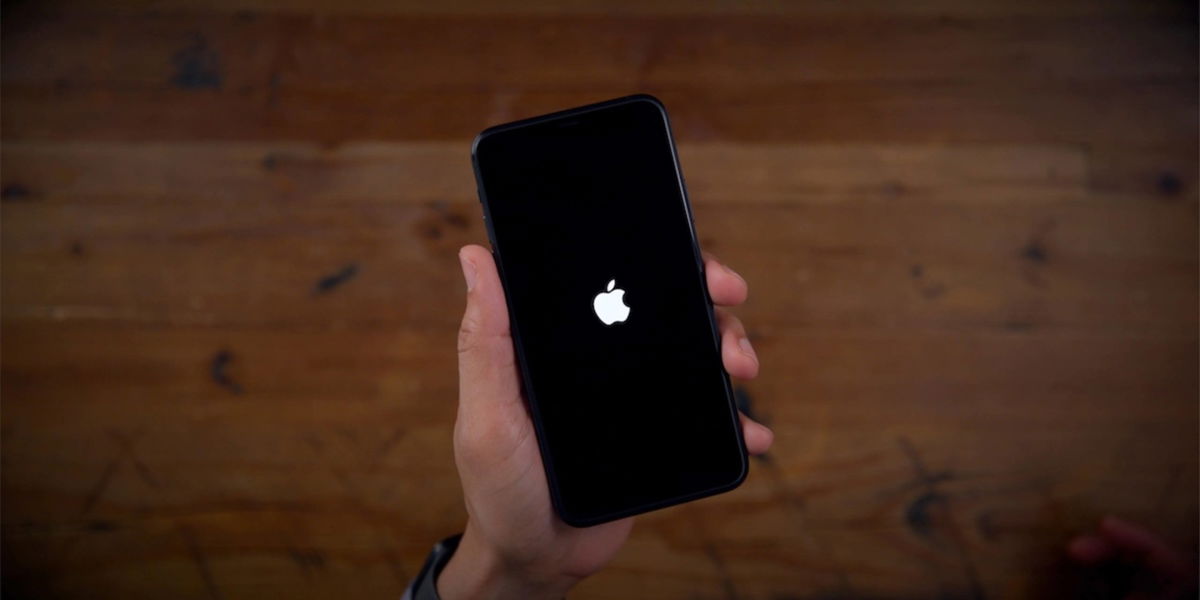It was clear that Donald Trump was not just going to leave his seat in the Oval Office. His policy of confrontation with China has been almost perennial during the four years he has been in charge and a few days before taking power, he signed a new decree against the applications of this country.
Transactions with Wechat, Alipay, QQ …
As reported by the White House itself, the president signed an order that bans transactions with Chinese apps. Eight in particular:
- Alipay
- CamScanner
- QQ Wallet
- Share it
- Tencent QQ
- VMate
- WeChat Pay
- WPS Office
This ordinance is a sort of annex to the one that gave rise to Huawei’s veto in the American country.
The world’s fourth messaging app openly abandons all your data
WeChat, considered the “Chinese WhatsApp”, admits that it shares all information collected from users with governments.
The reason for blocking these apps is the same as Huawei’s, namely that they can be “used to threaten national security, foreign policy and the US economy.” According to the Trump administration, these apps have the ability to be used as spy tools by the Chinese Communist Party.
Affecting Android… and the iPhone
This move would mean, at least in theory, that these apps cannot be used in the United States, so they would have to disappear from stores such as the Google Play Store. However, they are also available on iOS, at least from the US, they shouldn’t be downloadable.
If the reasoning is the same as with Huawei, we should also see them disappear from stores in other countries, so users should look for other options to download them if they want to continue using them.
The ordinance stipulates that the limit for carrying out the measurements thereof is 45 daysTherefore, as of mid-February, these apps would no longer be available.
5 + 1 Android mobiles for less than 300 dollars to offer
Android 11 analysis on Vivo mobiles
The reality of mid-range mobiles at 800 dollars
vivo X51 5G: exceptional camera
OnePlus Nord N10 5G review
Huawei Mate 40 Pro review
Samsung Galaxy S20 FE review
Análisis Xiaomi Mi smart speaker
Huawei FreeBuds Studio review









